Home>Garden Essentials>How To Plant Lotus Seeds
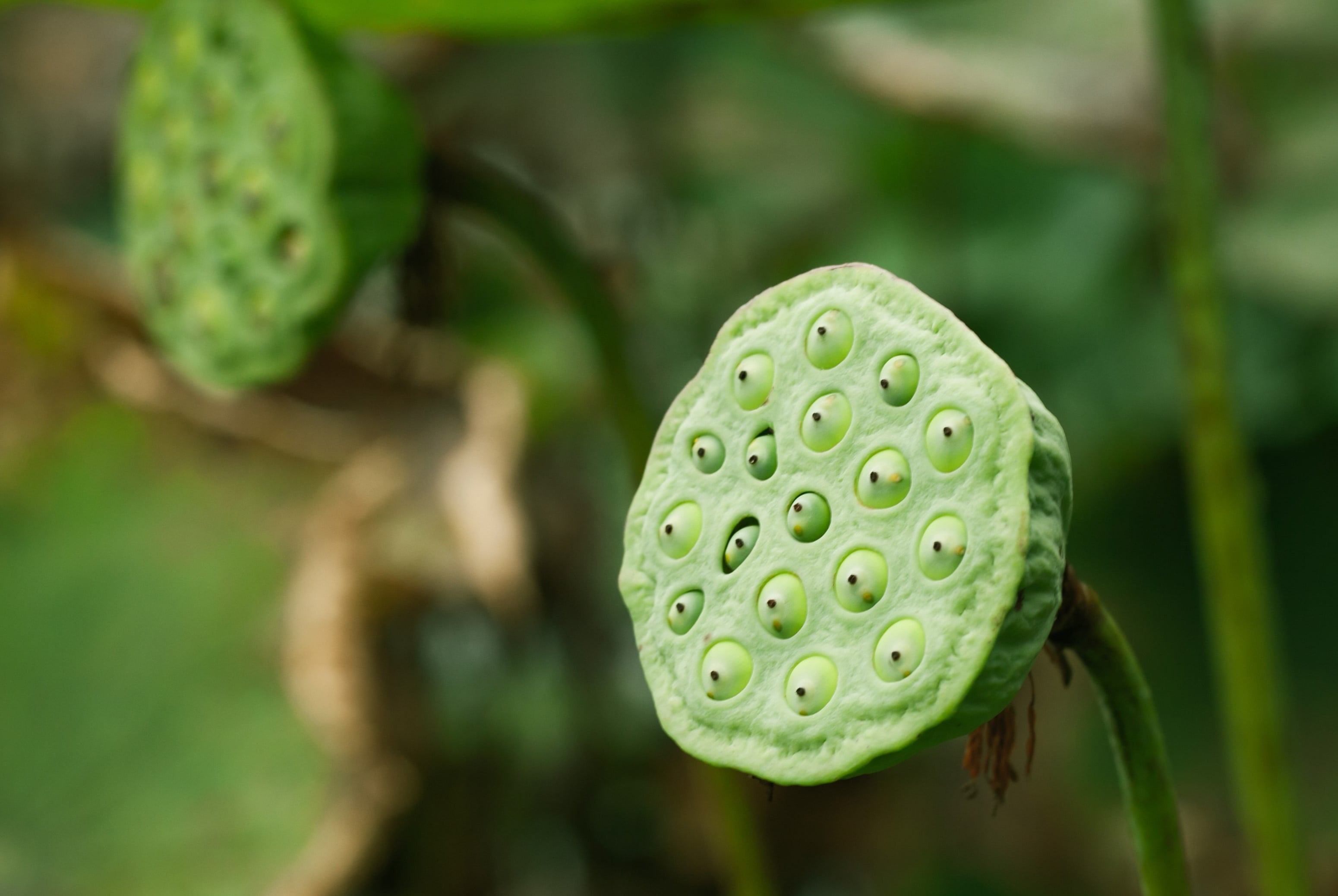

Garden Essentials
How To Plant Lotus Seeds
Modified: March 15, 2024
Learn how to plant lotus seeds in your garden and enjoy a beautiful addition to your outdoor space. Follow our step-by-step guide for successful cultivation.
(Many of the links in this article redirect to a specific reviewed product. Your purchase of these products through affiliate links helps to generate commission for Storables.com, at no extra cost. Learn more)
Introduction
Gardening is a fulfilling hobby that allows us to connect with nature and create beautiful outdoor spaces. One plant that can add a touch of elegance and serenity to any garden is the lotus. Known for their stunning blooms and cultural significance, lotus plants symbolize purity and spiritual enlightenment.
If you’ve ever wanted to grow lotus plants in your garden, starting from seeds is a great way to experience the entire growth cycle and witness the beauty unfold. In this article, we’ll guide you through the step-by-step process of planting lotus seeds to help you successfully cultivate these magnificent plants.
To get started, gather the necessary materials, including a pot or container, soil, lotus seeds, and water. Once you have everything you need, follow the steps below to plant your lotus seeds and watch them grow into majestic blooming plants.
Key Takeaways:
- Planting lotus seeds requires soaking, proper pot preparation, consistent watering, and sunlight. Patience is key as germination can take 2-6 weeks.
- Transplanting seedlings into a larger container or pond is optional but can enhance lotus plant growth and create a natural habitat.
Read more: How To Eat Lotus Seeds
Step 1: Gather the necessary materials
Before you begin planting lotus seeds, it’s important to gather all the necessary materials. Here’s what you’ll need:
- Pot or container: Choose a wide and shallow pot or container that will allow the lotus plant’s roots to spread out. This will provide the plant with stability and ample room for growth.
- Soil: Select a high-quality, well-draining soil mix suitable for aquatic plants. A mixture of loam, clay, and sand works well for lotus plants.
- Lotus seeds: Purchase lotus seeds from a reputable source. Make sure they are fresh and viable for planting. Lotus seeds are usually hard and brown in color.
- Water: You’ll need clean, non-chlorinated water to soak the lotus seeds and water the plants. Tap water can be used if you let it sit overnight to allow the chlorine to dissipate.
By ensuring you have all the necessary materials ready, you can proceed to the next step of soaking the lotus seeds to prepare them for planting.
Step 2: Soak the lotus seeds
Before planting the lotus seeds, it’s important to give them a head start by soaking them. This process helps to soften the hard outer shell of the seeds and encourages germination. Follow these steps to soak the lotus seeds:
- Fill a bowl with warm water: Take a bowl and fill it with warm water. The water should be between 25°C to 30°C (77°F to 86°F).
- Place the lotus seeds in the water: Gently place the lotus seeds into the bowl of warm water. Make sure they are fully submerged.
- Let the seeds soak for 24 hours: Allow the lotus seeds to soak in the water for at least 24 hours. This will give them enough time to absorb moisture and prepare for germination.
During the soaking period, check the water level occasionally and add warm water if it starts to cool down. After 24 hours, you can proceed to the next step of preparing the pot or container for planting the lotus seeds.
Step 3: Prepare the pot or container
Now that the lotus seeds have been soaked, it’s time to prepare the pot or container for planting. Proper preparation of the pot or container will provide a suitable environment for the lotus seeds to germinate and grow into healthy plants. Follow these steps to prepare the pot or container:
- Choose a wide and shallow pot: Select a pot or container that is wide and shallow. This is important because lotus plants prefer a wide area for their root systems to spread out horizontally.
- Fill the pot with fertile soil: Use a high-quality, fertile soil mix suitable for aquatic plants. Make sure the soil is well-draining to prevent waterlogging, which can lead to root rot.
- Make a small hole in the center of the pot: With your finger or a small gardening tool, create a small hole in the center of the pot. This is where you will plant the lotus seed.
Having a wide and shallow pot, filled with fertile soil and a small hole in the center, sets the foundation for successful lotus seed germination and growth. Now you’re ready to move on to the next step of planting the lotus seeds.
Step 4: Plant the lotus seeds
With the pot prepared, it’s time to plant the lotus seeds. Follow these steps to ensure proper planting:
- Place a soaked seed in the hole: Take one of the soaked lotus seeds and carefully place it into the small hole you created in the center of the pot. Position the seed in a way that the pointed end faces downward and the rounded end faces upward.
- Cover the seed with a thin layer of soil: Gently cover the seed with a thin layer of soil. The layer should be around 1/4 to 1/2 inch thick. Be careful not to bury the seed too deep, as this may hinder germination.
- Gently press the soil to secure the seed: Use your fingers or the back of a spoon to gently press the soil surrounding the seed. This will ensure that the seed is securely in place and has good soil-to-seed contact.
Remember to plant multiple lotus seeds if you have more than one, as not all seeds may germinate. Planting multiple seeds increases the chances of successful germination and the growth of healthy lotus plants. Now that the lotus seeds are planted, it’s time to move on to the next step of watering them.
Read more: How To Store Lotus Root
Step 5: Water the lotus seeds
Proper watering is crucial for the germination and growth of lotus seeds. Follow these steps to ensure the lotus seeds receive adequate moisture:
- Water the pot thoroughly: After planting the lotus seeds, give the pot a thorough watering. Use a gentle stream of water to saturate the soil evenly.
- Keep the soil consistently moist: Throughout the germination process, it’s important to keep the soil consistently moist. Check the moisture level regularly and water the pot whenever the top inch of soil starts to dry out.
- Avoid overwatering: While it’s important to keep the soil moist, be cautious not to overwater. Waterlogged soil can lead to root rot and other issues. Ensure that the pot has adequate drainage to prevent water from pooling at the bottom.
Remember that lotus plants are aquatic in nature, so they thrive in moist conditions. By providing the right amount of water, you’ll create an ideal environment for the lotus seeds to germinate and grow into healthy plants. Now, let’s move on to step 6, where we’ll discuss the lighting requirements for lotus plants.
Before planting lotus seeds, scarify the hard outer seed coat to help with germination. Soak the seeds in warm water for 24 hours, then plant in a container with rich soil and keep it in a warm, sunny spot.
Step 6: Provide adequate sunlight
Proper sunlight is essential for the healthy growth and development of lotus plants. Follow these steps to ensure your lotus plants receive adequate sunlight:
- Place the pot in a sunny location: Select a sunny spot in your garden or outdoor area to place the pot. Lotus plants thrive in full sun, so choose an area that receives direct sunlight for most of the day.
- Ensure the plant receives at least 6 hours of sunlight per day: Lotus plants require a minimum of 6 hours of sunlight per day to thrive. This exposure to sunlight helps the plants produce ample energy for growth and blooming.
- Protect from extreme heat or cold: While lotus plants love sunlight, they can be sensitive to extreme temperatures. Protect your plants from scorching heat by providing shade during the hottest parts of the day. Similarly, during periods of frost or freezing temperatures, move the pot indoors or provide additional insulation to prevent damage to the plant.
By placing your lotus pot in a sunny location and ensuring it receives sufficient sunlight, you’ll provide the plants with the energy they need to grow and blossom. Let’s now move on to step 7, where we’ll discuss how to maintain the growth of your lotus plants.
Step 7: Maintain the growth
Proper maintenance is crucial to ensure the healthy growth and development of your lotus plants. Follow these steps to maintain the growth of your lotus plants:
- Regularly monitor the soil moisture: Check the moisture level of the soil regularly to ensure it remains consistently moist. Use your finger to feel the top inch of soil and water the pot whenever it feels dry. Avoid allowing the soil to become overly dry or waterlogged.
- Fertilize the plant every two weeks: Lotus plants benefit from regular feeding to promote healthy growth and vibrant blooms. Use a balanced fertilizer specifically formulated for aquatic plants. Apply the fertilizer every two weeks according to the package instructions.
- Remove any weeds or unwanted growth: Monitor the pot for any weeds or unwanted growth that may compete with the lotus plants for nutrients and space. Carefully remove any weeds or unwanted plants to prevent them from affecting the growth of your lotus plants.
By regularly monitoring the soil moisture, providing appropriate fertilization, and keeping the pot free from weeds, you’ll ensure that your lotus plants have optimal conditions for growth. Let’s now move on to step 8, where we’ll discuss the germination process and the waiting period.
Step 8: Wait for germination
After planting the lotus seeds and providing them with the necessary care, it’s time to be patient and wait for germination. Here’s what you need to know:
- It may take anywhere from 2 to 6 weeks for the seeds to germinate: Lotus seeds have a varying germination period, and it can take anywhere from 2 to 6 weeks for them to sprout. The germination time depends on various factors, including temperature, water conditions, and seed viability.
- Be patient and continue to care for the plant: During the waiting period, it’s important to continue caring for the lotus plants. Maintain proper watering, ensure adequate sunlight, and monitor the plant’s growth. Be patient and provide the necessary care, as germination can sometimes be a gradual process.
Remember that each lotus seed has its own timeline for germination, and not all seeds may sprout at the same time. Continue to provide the ideal growing conditions and be patient as you wait for the beautiful lotus plants to emerge from the soil. Let’s move on to step 9, where we’ll discuss the optional step of transplanting the seedlings.
Read more: How To Germinate A Plant
Step 9: Transplant the seedlings (optional)
Once the lotus seedlings have developed 2-3 leaves and have established a strong root system, you may consider transplanting them into a larger container or pond. Here’s what you need to know:
- Once the seedlings develop 2-3 leaves: Keep a close eye on the growth of the lotus seedlings. When they have developed 2-3 healthy leaves, it indicates that they have established themselves and are ready for transplantation.
- Consider transplanting them into a larger container or pond: Select a larger container or a suitable pond to transplant the lotus seedlings. Make sure the new container or pond is deep enough to accommodate the growing lotus plants and has a suitable growing medium or soil.
Transplanting the lotus seedlings allows them to have more space to grow and thrive. It also provides them access to a larger water source, which is vital for their overall health and development. Make sure to gently handle the seedlings during the transplantation process to avoid damaging their delicate roots.
Keep in mind that this step is optional, and if you prefer, you can allow the lotus plants to continue growing in the original pot. However, transplanting them into a larger container or pond can enhance their growth potential and create a more natural habitat for them.
Congratulations! You have now successfully learned how to plant lotus seeds and nurture them into beautiful, blooming lotus plants. Enjoy the serenity and beauty they bring to your garden or outdoor space.
Conclusion
Cultivating lotus plants from seeds is a rewarding experience that allows you to witness the entire growth cycle, from germination to the stunning blossoms. By following the steps outlined in this guide, you can successfully plant lotus seeds and enjoy the beauty and serenity they bring to your garden or outdoor space.
Remember to gather all the necessary materials, including a pot or container, soil, lotus seeds, and water. Soak the lotus seeds to prepare them for planting and ensure the pot or container is properly prepared with fertile soil and a small hole for planting.
Water the lotus seeds consistently, keeping the soil moist but avoiding overwatering. Provide adequate sunlight for at least 6 hours per day, while protecting the plants from extreme heat or cold.
Maintain the growth of your lotus plants by regularly monitoring soil moisture, fertilizing every two weeks, and removing any weeds or unwanted growth. Be patient and wait for the seeds to germinate, which may take anywhere from 2 to 6 weeks.
If desired, consider transplanting the seedlings into a larger container or pond once they develop 2-3 leaves, providing them with more space to grow and flourish.
By following these steps and giving your lotus plants the care and attention they need, you can create a beautiful and tranquil oasis in your garden. Enjoy the enchanting blooms and the symbolism of purity and spiritual enlightenment that lotus plants bring to your outdoor space.
Now, it’s time to get your hands dirty and start your journey of planting lotus seeds. Embrace the beauty of nature and the joy of gardening as you watch your lotus seeds transform into magnificent blooming plants.
Frequently Asked Questions about How To Plant Lotus Seeds
Was this page helpful?
At Storables.com, we guarantee accurate and reliable information. Our content, validated by Expert Board Contributors, is crafted following stringent Editorial Policies. We're committed to providing you with well-researched, expert-backed insights for all your informational needs.

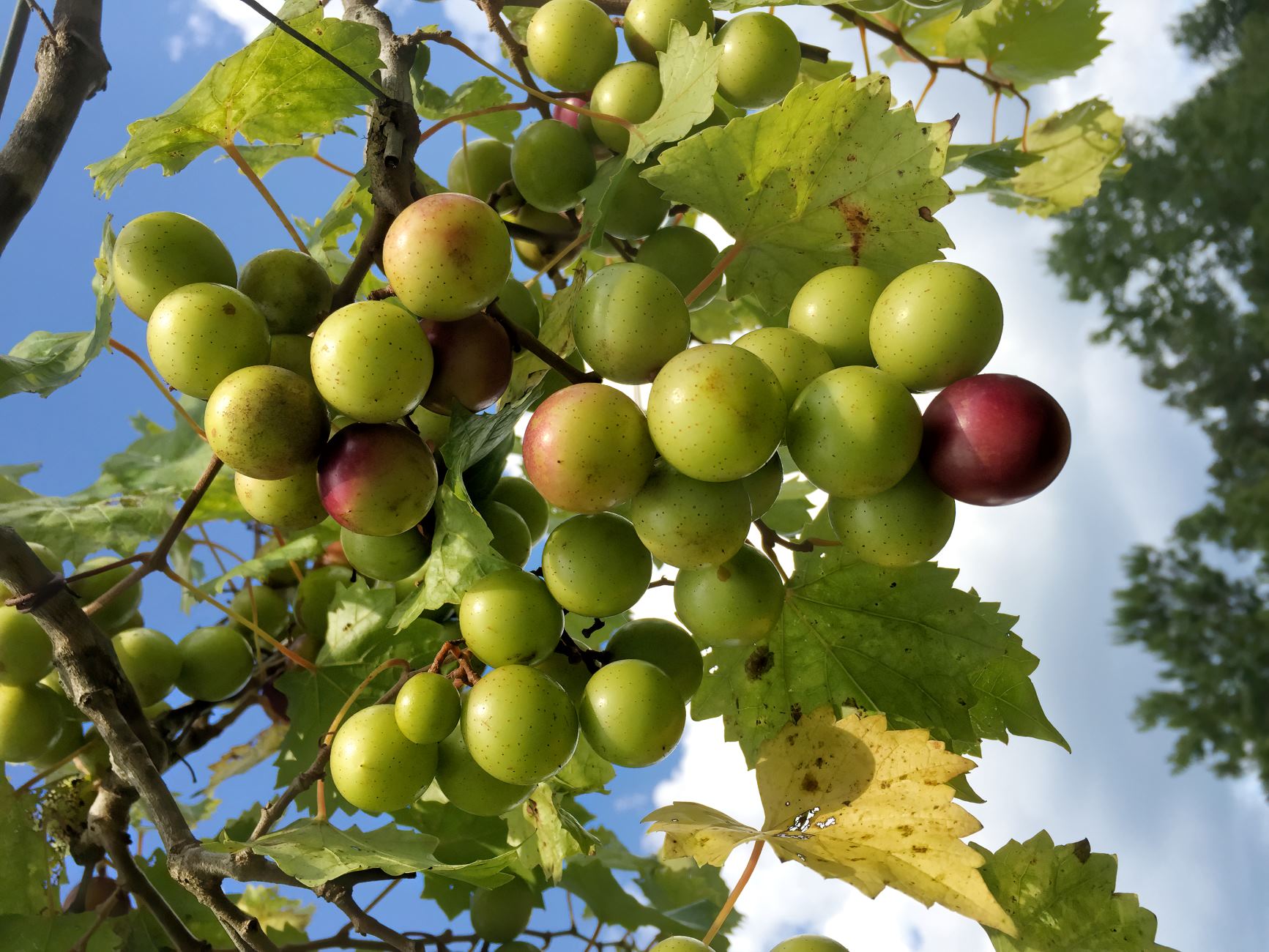
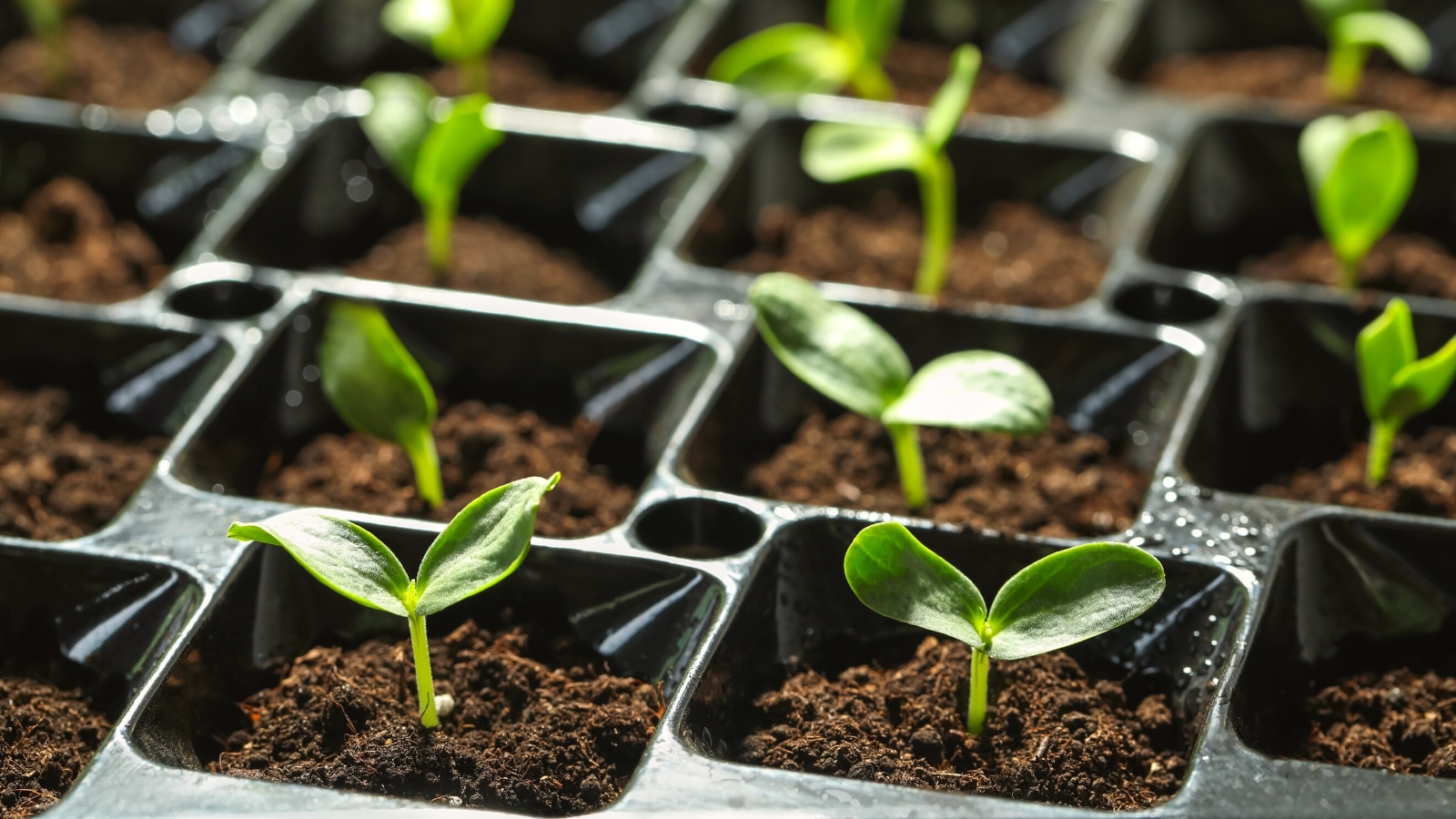
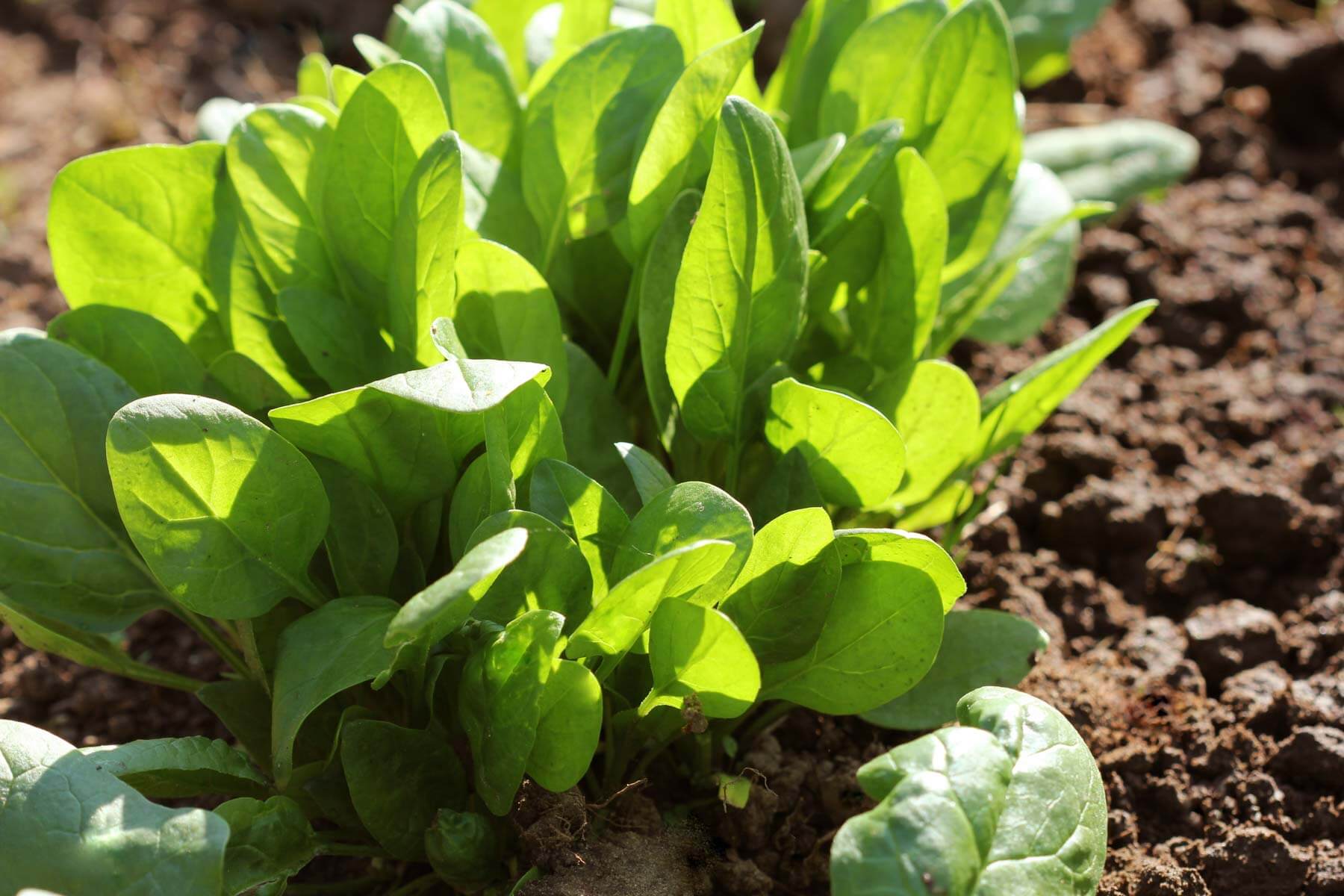
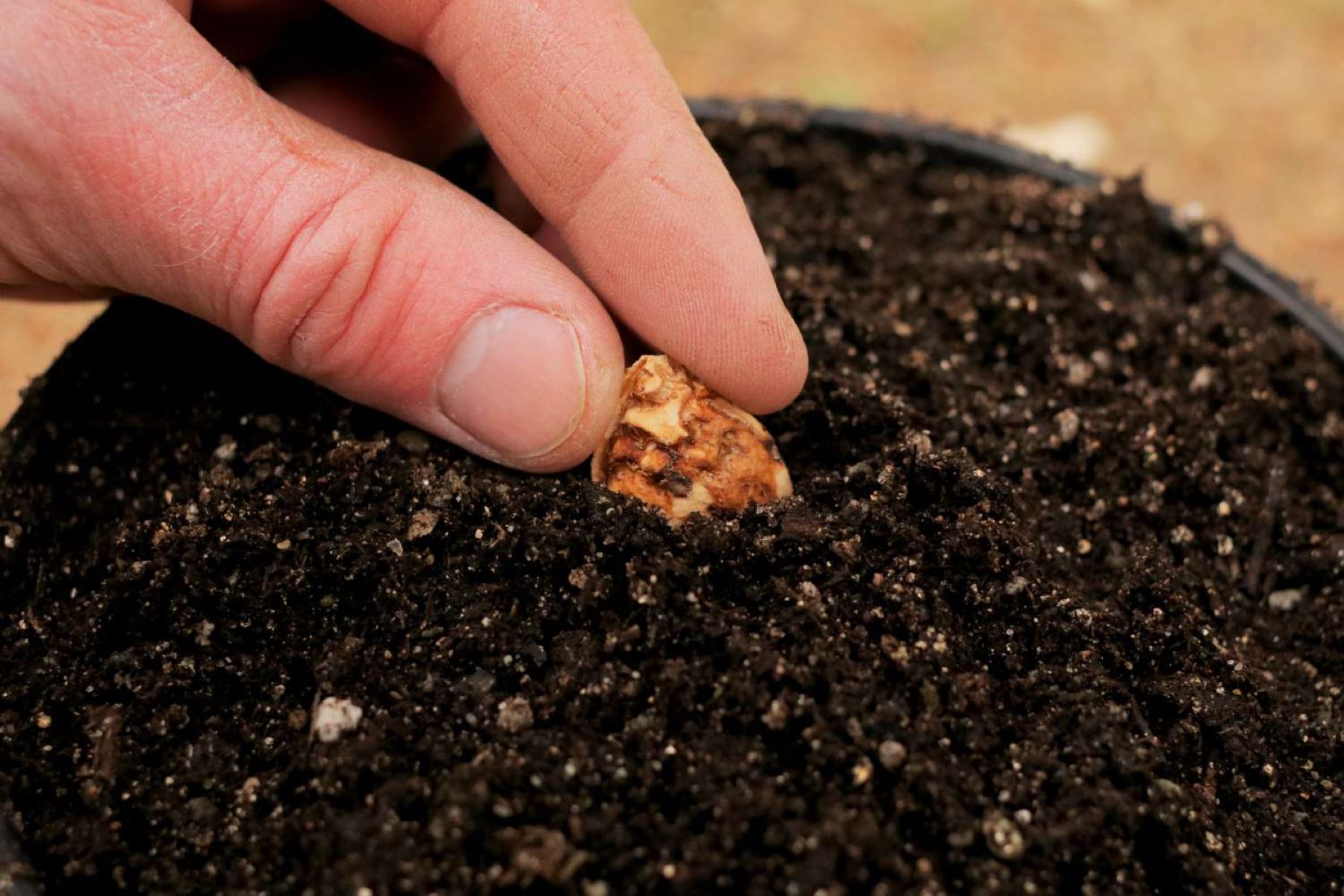

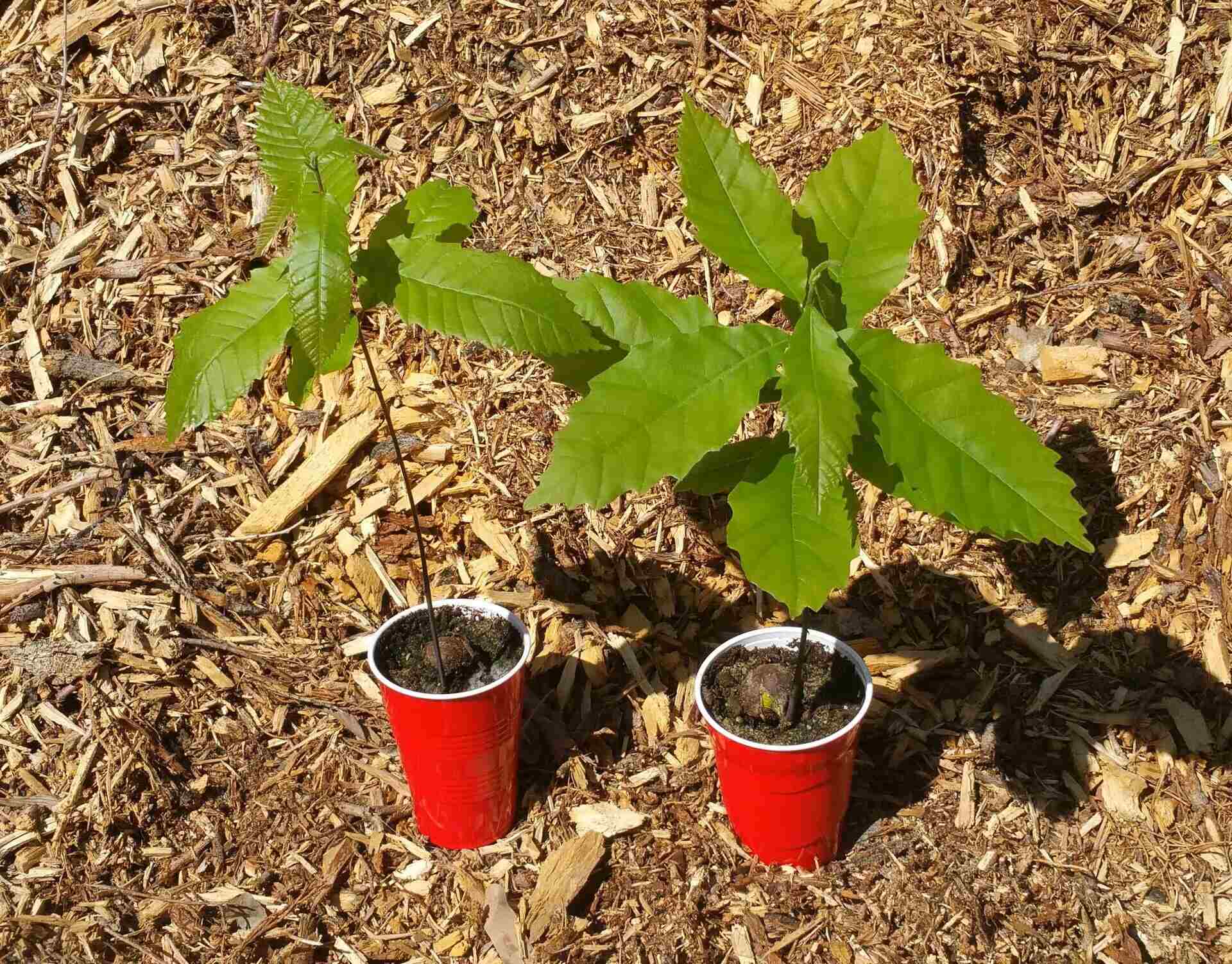
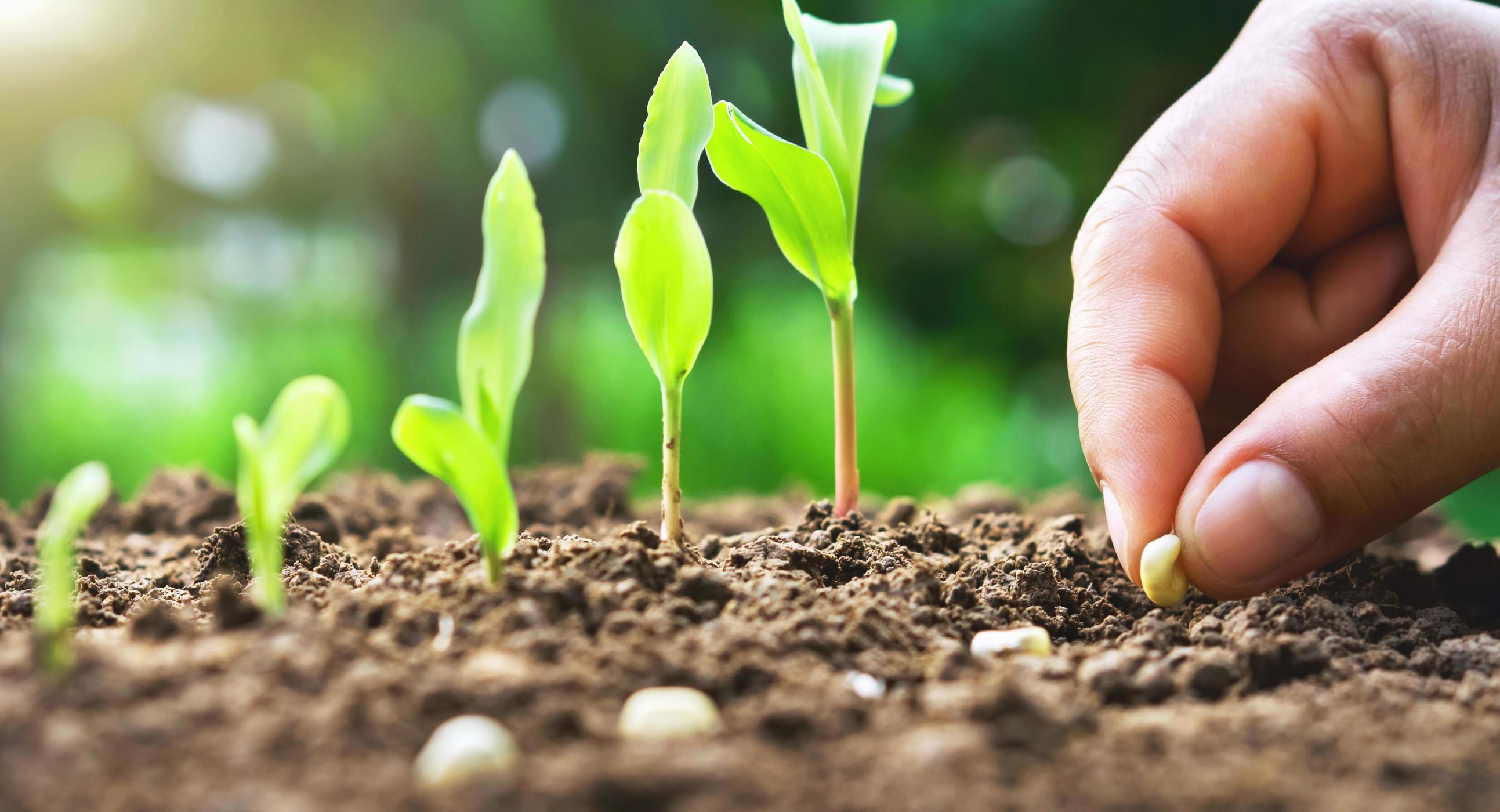
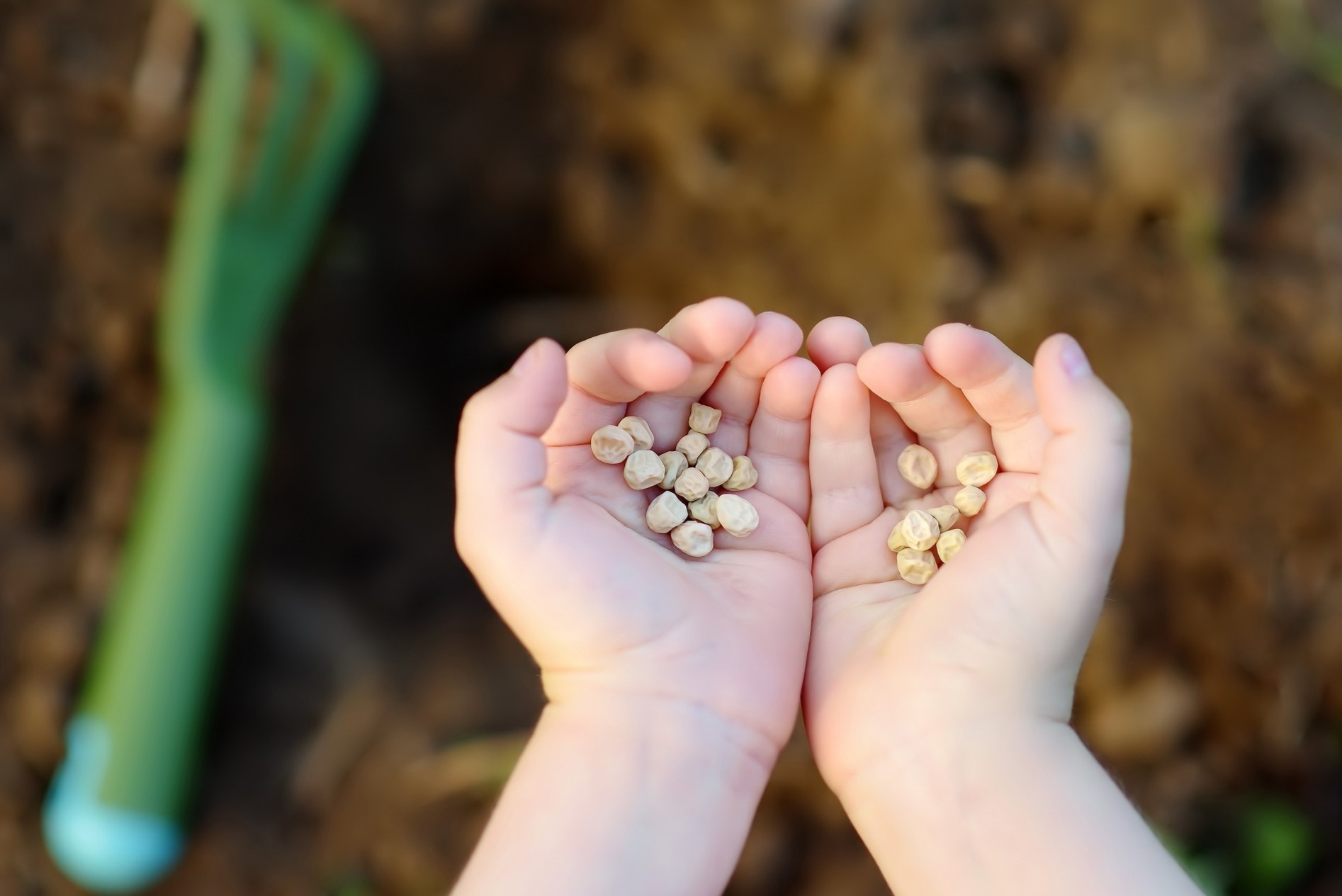
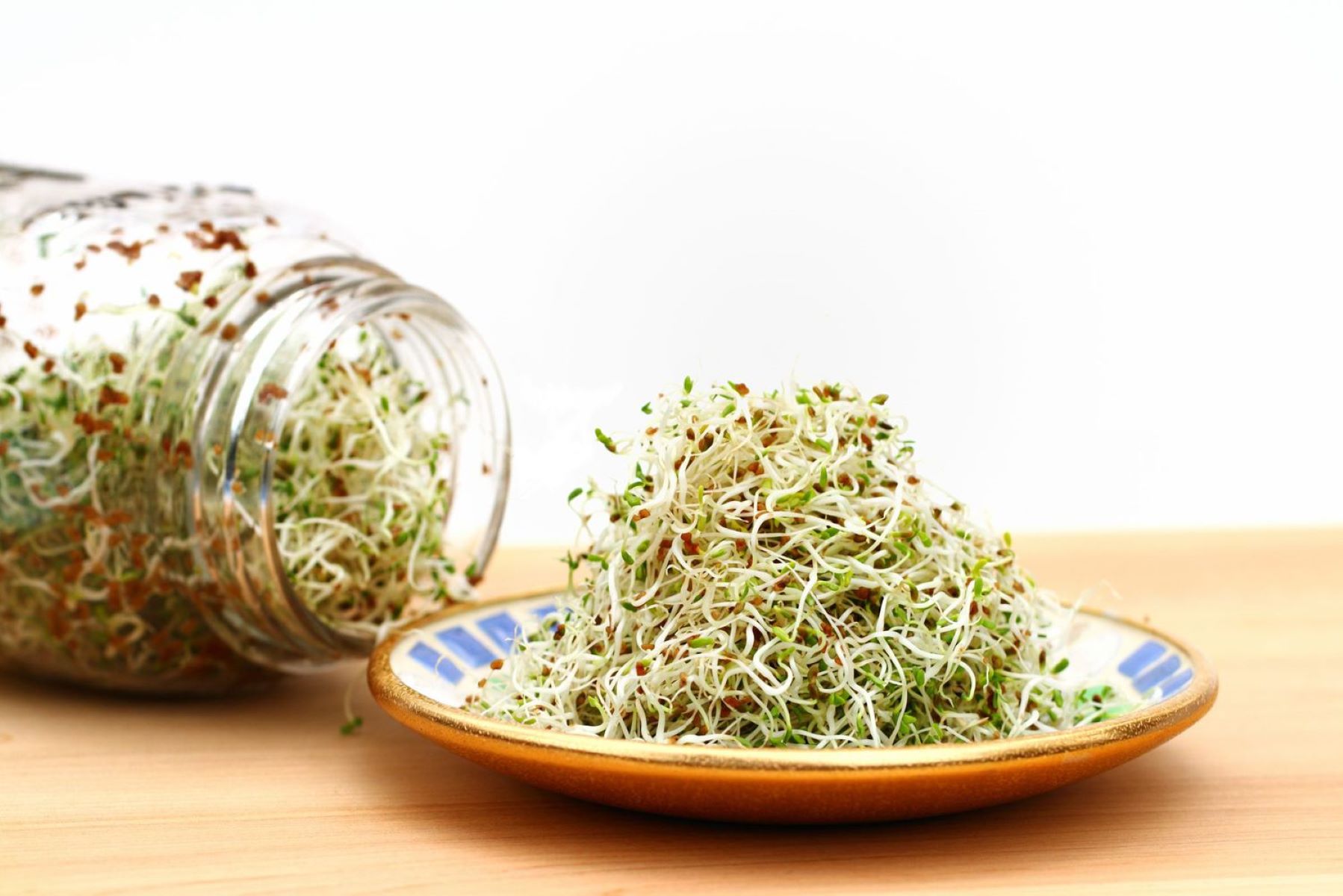
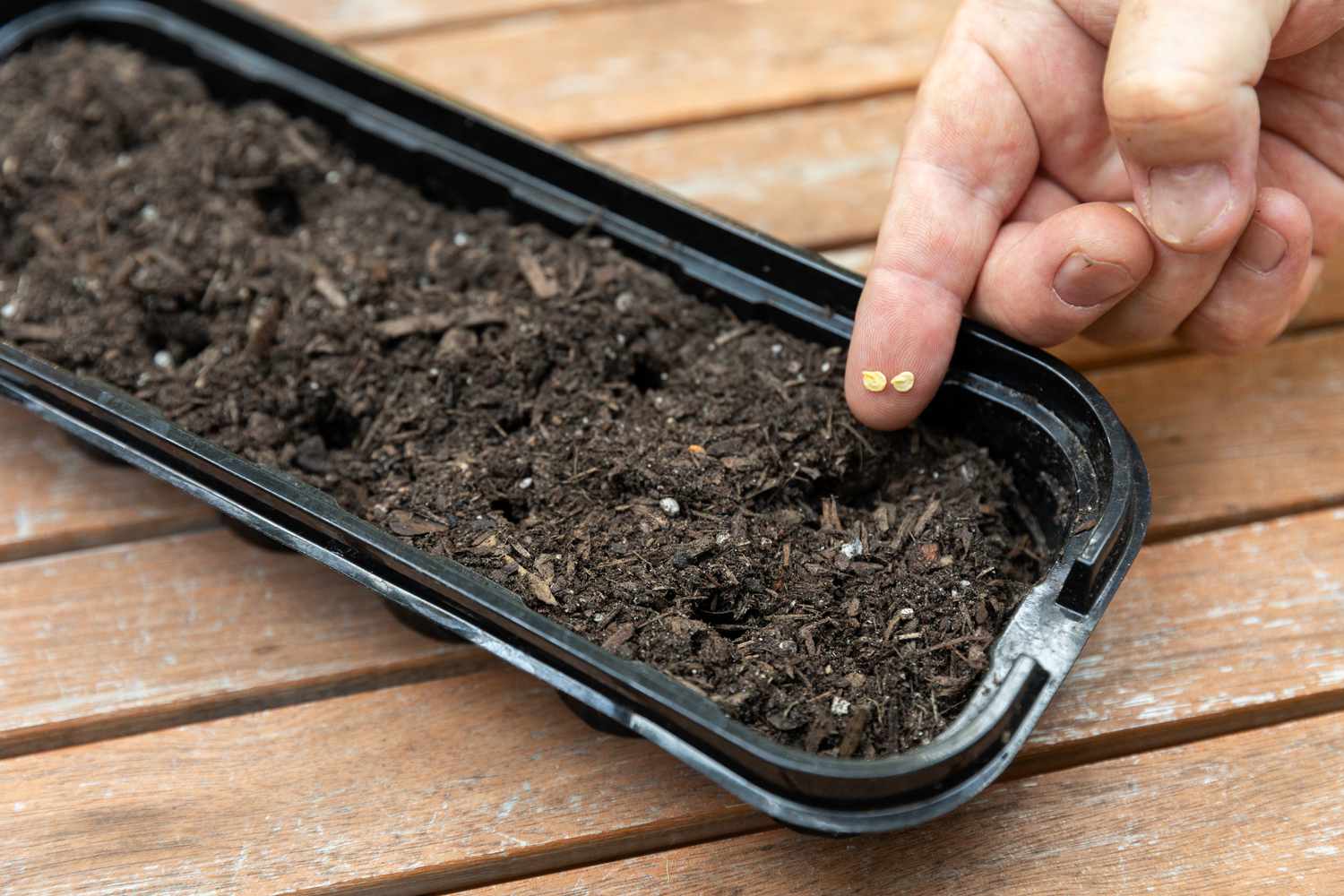
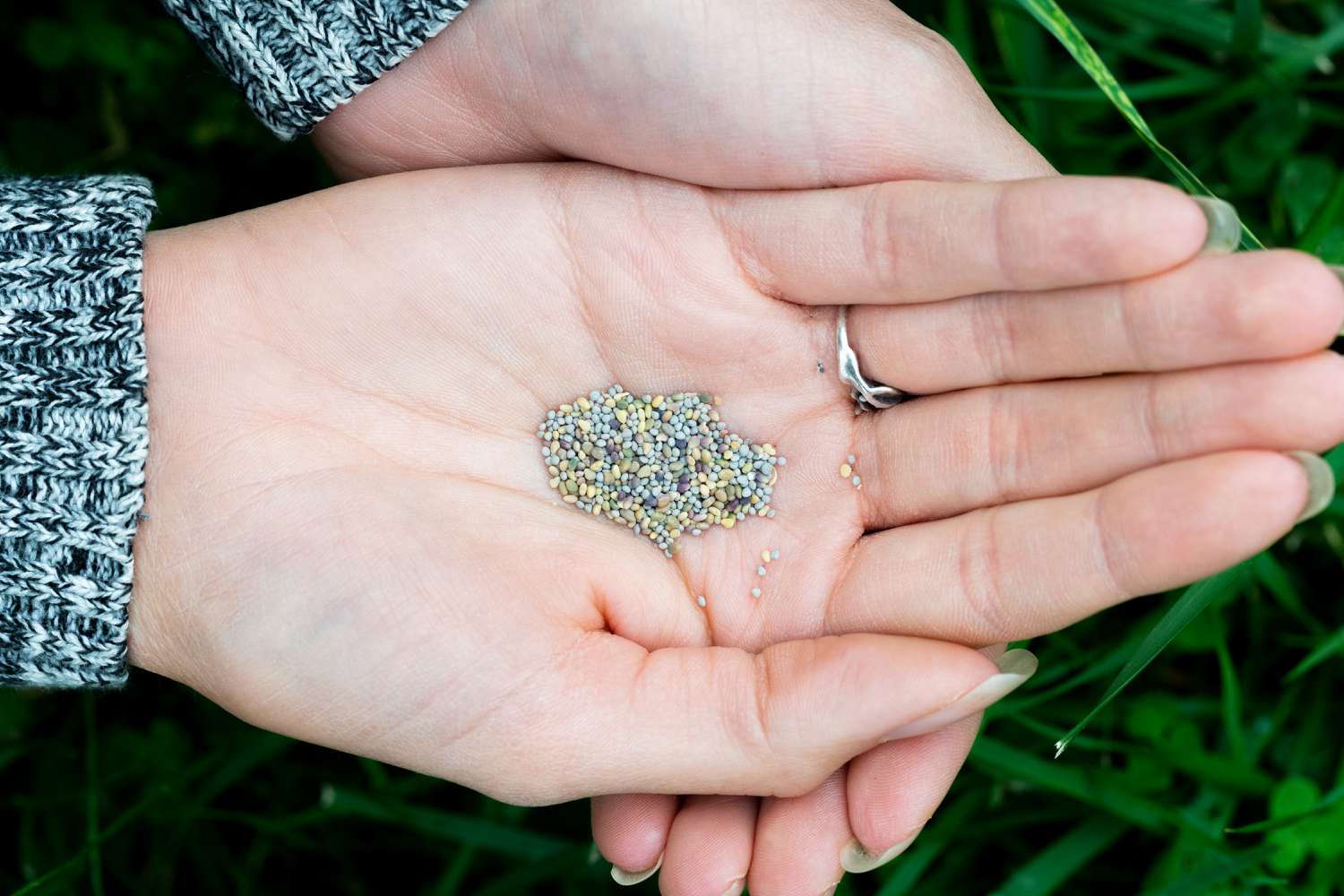
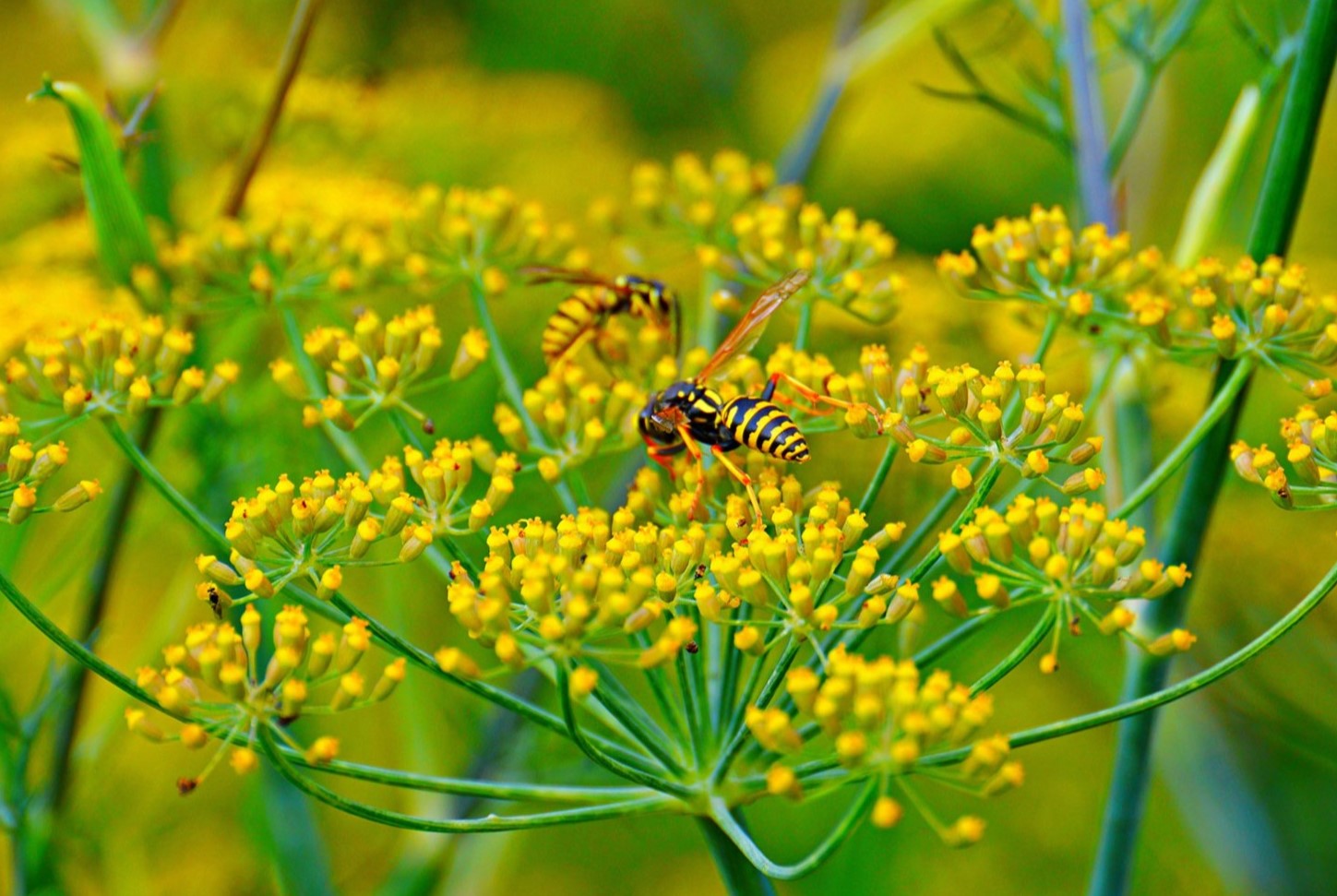

0 thoughts on “How To Plant Lotus Seeds”